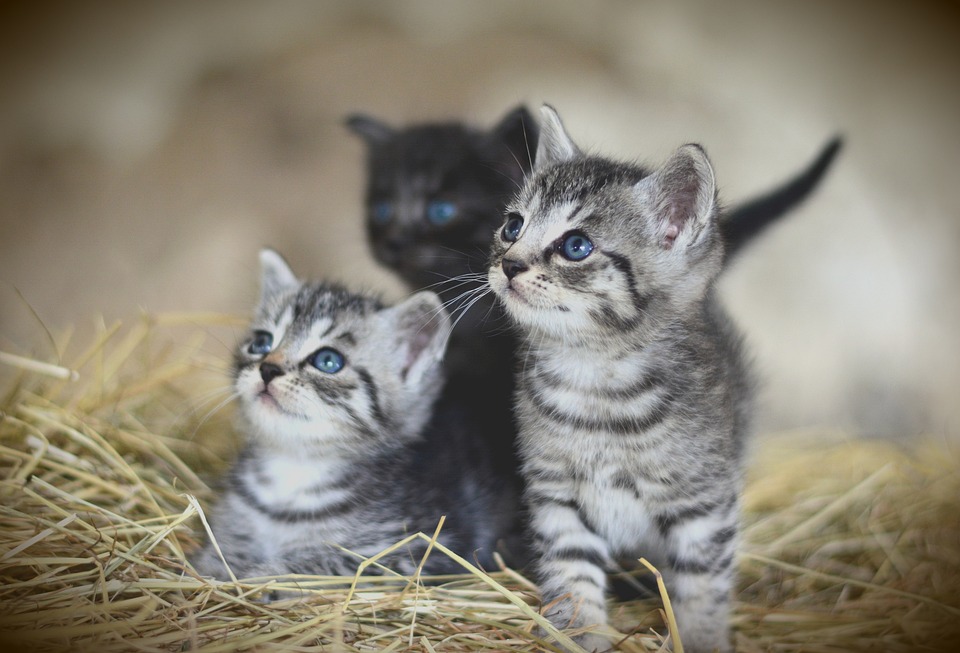Cats are known for their beautiful eyes, but just like humans, they can also experience various eye problems. As a responsible cat owner, it is essential to be aware of these issues and take prompt action to ensure your furry friend’s well-being. In this article, we will explore some common eye problems in cats and provide guidance on how to address them effectively.
1. Common Eye Problems in Cats
a) Conjunctivitis: Cat conjunctivitis, also known as pink eye, is characterized by redness, swelling, and discharge from the eyes. It can be caused by bacterial or viral infections, allergies, or even foreign bodies irritating the eye.
b) Corneal Ulcers: Corneal ulcers occur when the outer layer of the eye’s cornea is damaged or eroded. Cats with corneal ulcers may exhibit squinting, excessive tearing, redness, and sensitivity to light.
c) Glaucoma: Glaucoma is a condition where the pressure inside the eye increases, leading to optic nerve damage and potential vision loss. Symptoms include dilated pupils, cloudiness in the eye, and increased tearing.
d) Uveitis: Uveitis is the inflammation of the uvea, the middle layer of the eye. It can be caused by infections, trauma, or underlying diseases. Signs of uveitis in cats include redness, squinting, cloudy appearance, and sensitivity to light.
2. Addressing Eye Issues in Cats
a) Consult a Veterinarian: If you notice any signs of eye problems in your cat, it is crucial to seek professional veterinary care. A veterinarian will conduct a thorough examination, including checking the eye’s structure, assessing vision, and performing necessary tests to identify the underlying cause.
b) Medications and Treatments: Depending on the diagnosis, your veterinarian may prescribe topical ointments, eye drops, or oral medications to treat the eye problem. It’s important to administer these medications as directed and follow up with any recommended treatments.
c) Eye Care Routine: Maintaining good eye hygiene is essential for preventing and managing eye issues in cats. Regularly clean the area around your cat’s eyes using a damp cloth or a veterinarian-recommended eye cleanser. Be cautious not to touch the eyes directly or use any harsh chemicals.
d) Minimizing Irritants: It’s important to create an environment that minimizes potential eye irritants. Keep your cat’s living space clean, free of dust and allergens, and avoid exposing them to cigarette smoke or strong chemical odors.
FAQs about Cat Eye Care
Q1. Can I use human eye drops on my cat?
A1. No, you should never use human eye drops on your cat without veterinary guidance. Some human eye drops can be harmful or irritating to cats’ eyes. Always consult with a veterinarian for appropriate eye treatments.
Q2. How can I prevent eye problems in my cat?
A2. To promote good eye health, ensure your cat receives regular veterinary check-ups, maintain a clean living environment, and provide a balanced diet. Additionally, avoid exposing your cat to potential eye irritants and promptly address any signs of eye problems.
Q3. Can eye issues in cats lead to blindness?
A3. In some cases, untreated or severe eye problems can lead to vision impairment or even blindness. That’s why it is crucial to seek veterinary attention at the first sign of any eye issues.
Q4. Are certain cat breeds more prone to eye problems?
A4. Yes, some cat breeds, such as Persians, Siamese, and Burmese, may be more susceptible to certain eye problems due to their genetic makeup. Regular eye examinations are particularly important for these breeds.
By staying vigilant and proactive in caring for your cat’s eyes, you can help ensure their long-term eye health and overall well-being. Remember, if you notice any signs of eye problems, consult a veterinarian promptly for proper diagnosis and treatment.








